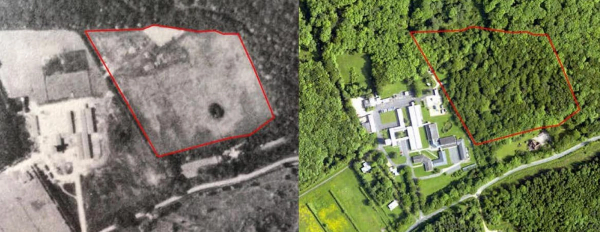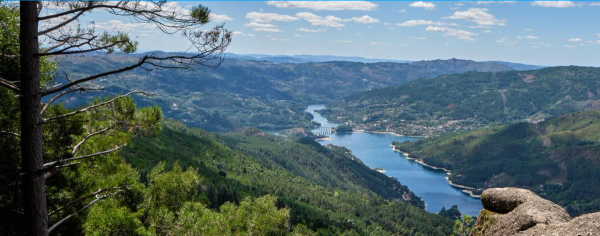Design & Nature Reimagined: Nature belongs everywhere, Part 1
National Geographic recently wrote an article about organizations in England and the Netherlands that are prompting people to "rewild" their land. Rewilding is conservation technique that "restores self-sustaining, natural ecosystems after they’ve been disrupted by humans." Instead of cultivating the perfect garden or lawn, you first remove harmful invasive plants. After that, you plant and make way for for endemic (read: native) or non-native, non-invasive plant species. After that, nature does its thing and creates a functioning ecosystem in the area where it was left to be itself. So this is the start of a rewilding series, where we'll explore what rewilding is, its impact, and how you can start rewilding yourself (even if all you have is a little pot on a balcony). Nature belongs everywhere and is everywhere, so let's be part of it._ _everywhere, let's be part of it.
The joy of rewilding
To me, the beauty of rewilding isn't just the connection you get to nature, and seeing how things change through the seasons. It's also extremely freeing. You're not trying to exert control, you're not trying to make the area do what you think it should do. Nature will take care of itself, if we stop getting in the way. Rewilding is an act of hope and joy. You're watching the world around you grow, and watching life come back into the land. How can we not be joyful when the trees and birds are singing around us? And it's the hope and joy that drive us forward.
Rewilding before & after
So let's take a look at some before and after rewilding projects and see how much can change in a relatively short amount of time. In the photo below, the Monks Wood Wilderness field was an old farm. The owners wondered what would happen if they just didn't touch it and let it grow. About 60 years later you can see the huge change from a barren landscape to a dense forest.

Similarly, there has been rehabilitation and rewilding in Carrifran Wildwood, where you can see that in 23 years the forest has grown back completely! Volunteers here are committed to helping this area regain it's ecological health. They re-establish native trees and plants, only getting involved enough to make sure that nature can gain a foothold again.
Carrifran 1999 and today 27th July 2022.
— Rewild Scotland 🏴🌳 (@RewildScotland) July 27, 2022
Landscape scale habitat restoration.#RewildScotland #RewildOurPlanet pic.twitter.com/1eENWGk6HJ
At Hart Mountain, land was originally set aside to help save the pronghorn antelope. Over time, cattle livestock was added to the land with the antelope as a grazing program to improve the land. But ultimately, the land manager for Hart Mountain learned that this wasn't true, and a lot of damage was being done. So the cattle grazing program was finally removed. And within a couple of decades, the herbivores that the landscape can actually support return, and so does the vegetation and bio-diversity. The aspen has had a 1000% improvement since the cattle were removed. You can learn more about Hart Mountain and even watch the film here .
Rewilding and allowing native grasses and animals to thrive again has huge ecological benefits. 🧵/1@WilliamJRipple's et al. measurements as documented in 'Rewilding a Mountain' outlines this well in the semi-arid Hart Mountain antelope refuge in Oregon:https://t.co/Zh47Lq6I8K pic.twitter.com/lXuRCnNpFX
— Nicholas Carter (@NicholasDCarter) July 4, 2021
At Peneda-Geres National Park has taken the route of passive rewilding . For several centuries, the area was used for agriculture, but in the 1930s the land started to be reforested and farms moved out. From there, they just let nature go and now species such as the wild boar, which originally were plentiful, but had been pushed out by humans, returned.

Different areas of course require different attention. Not intervening when invasive species come in to an area such as Hawaii, Australia, or the Galapagos would be devastating for the endemic species. But the goal is to give nature a chance and give up on the western idea of controlling nature and deciding what it's “allowed” or “not allowed” to do. Instead, we support nature and nature supports us. I think Isabella Tree , author of Wilding and a rewilding enthusiast herself says it best, "And that’s what’s so amazing about this: it shows how quickly it could come back. If you let it.”
